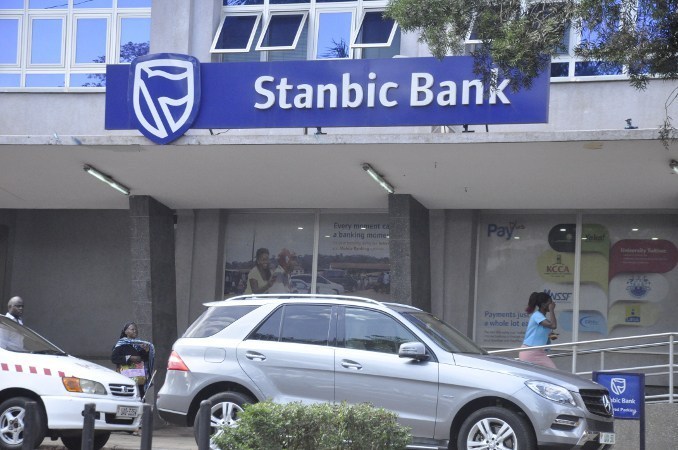
The Stanbic Bank Purchase Managers’ Index for February has recorded further improvement in the business conditions in the Ugandan private sector. Although the PMI headline posted a slight adjustment of 54.4 in February, down from 57.5 in January, the score is still above the 50.0 no-change mark for the twenty-fifth consecutive month.
Commenting on February’s survey findings, Jibran Qureishi, Regional Economist E.A at Stanbic Bank said: “Despite the PMI declining to 54.4 in February from 57.5 in January, overall activity in the private sector remains robust. Improving domestic demand hasn’t been a coincidence considering that banking sector non-performing loans have eased which has in turn boosted private sector credit growth. Oil related investments later on in the year, will only add to this stronger growth.”
According to Bank of Uganda, private sector credit was steadily recovering from shocks due to improved economic activity, improvement in asset quality and associated easing of credit conditions. The latest PMI reading continues to point to a recovery in the private sector economy.
The February PMI report released shows a stronger client demand and the securing of additional customers resulted in a further rise in new orders during February. In turn, business activity also increased, extending the current sequence of growth to 25 months. Activity and new orders rose in the construction, industry, services and wholesale & retail sectors, but fell at agriculture companies.
Benoni Okwenje the Stanbic Fixed Income Manager said although new orders continued to increase, companies were again able to deplete backlogs of work, aided by rising staffing levels.
“Employment has increased throughout the 33 months of the survey so far, with the latest expansion linked to higher output requirements. As was the case with business activity, only agriculture saw a reduction in staffing levels,” he said.
Overall input costs rose in February, with increasing operating expenses widespread across the five broad sectors covered by the survey. The PMI panelists reported increases in electricity and water bills, alongside further rises in both purchase prices and staff costs. The rise in purchasing costs reflected higher prices for items including cement, food, fuel and stationery.
With input costs increasing, companies raised their output prices accordingly. Around twice as many respondents indicated an increase in selling prices as posted a decrease.
The current run of purchasing activity growth was extended to one year in February, with the latest rise linked to higher new orders. Stocks of purchases also increased as a result.
The survey, sponsored by Stanbic Bank and produced by IHS Markit, has been conducted since June 2016 and covers the agriculture, industry, construction, wholesale & retail and services sectors
About Stanbic PMI
The PMI is a composite index, calculated as a weighted average of five individual sub-components: New Orders (30%), Output (25%), Employment (20%), Suppliers’ Delivery Times (15%) and Stocks of Purchases (10%). Readings above 50.0 signal an improvement in business conditions on the previous month, while readings below 50.0 show a deterioration.
